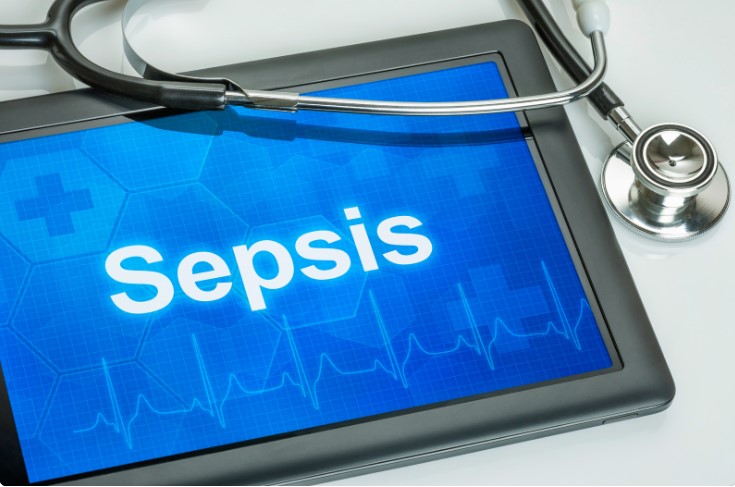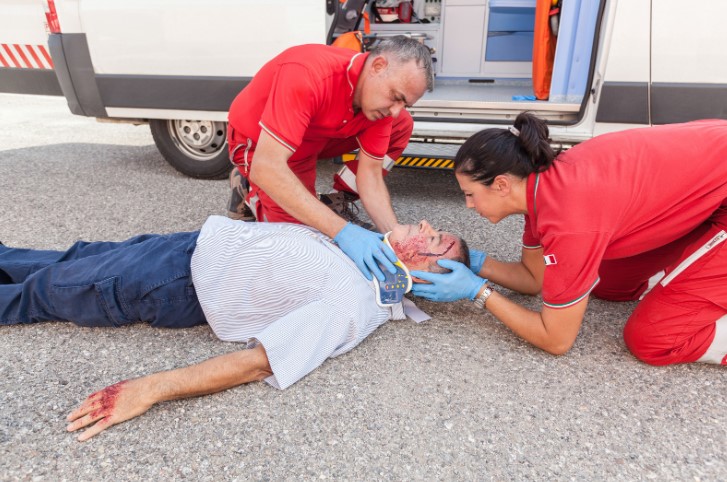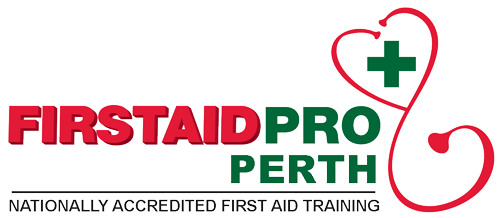The Ultimate CPR Guide: CPR is a lifesaving procedure when a person’s heart and breathing cease to maintain blood and oxygen moving throughout the body. When performed correctly, it can double or triple a person’s chances of survival.
What Is CPR?
Cardiopulmonary resuscitation (CPR) is a lifesaving technique that combines rescue breathing (mouth-to-mouth) and chest compression. These procedures help stimulate the blood and oxygen circulation in the body, which is vital to sustaining the livelihood of major organs such as the heart and brain.
Research had found that nearly half of individuals who suffered from an out-of-hospital cardiac arrest (OOHCA) survived when a bystander was able to administer CPR. Understanding how to do this technique can be a literal lifesaver in an emergency.
A few minutes after the arrest, there is usually enough oxygen in the blood to keep the brain and other vital organs alive. However, the oxygenated blood will not circulate unless someone performs CPR.
Even if you can call for emergency help, the first few minutes following the arrest can be the difference between life and death. Without intervention, it will only take a few moments for the brain to suffer from serious injuries due to lack of oxygen.
Prepare yourself to administer aid by reading this CPR and first aid guide.
Step-by-Step Guide For Administering CPR
Learning the steps can help you focus if ever there is a need to render resuscitation to someone. Save lives by following these CPR procedures.
1. Evaluate The Situation
Check for any potential dangers to you, the victim, or the bystanders around. Ensure that you do not harm yourself when going to another person’s assistance. Putting yourself at risk does not help anyone. Only approach the scene if it is safe for you to do so.
2. Check For Response
Check for responsiveness by tapping the person’s shoulder. Gently shake their shoulders or ask them loudly to check for any response. Listen, look, and observe for any signs of breathing.
Any response from the person will determine if CPR is necessary, as this technique is only performed if the victim is not breathing or circulating blood adequately.
3. Call Emergency Help
If the person is not breathing or remains unconscious, ask someone nearby to call triple zero (000) while you start CPR. If you are alone. Call for emergency help before starting with the intervention so that help is on the way.
4. Position Them On Their Back
Position the victim appropriately by delicately placing them on their back. Raise the chin and tilt their head back slightly as you check for any obstruction in the person’s mouth (e.g., vomit, food, etc.)
5. Perform Chest Compressions
Place the heel of one hand in the centre of their chest, with the other hand on top. Interlock your fingers.
With straight arms, use the heel of the hand to firmly push on the breastbone between five and six cm and release. Do this at a rate of 100 to 120 chest compressions per minute.
6. Begin Rescue Breathing
Lift the person’s chin with one hand to open the airway. At the same time, tilt their head back by gently pushing down on the forehead with the other hand. Do not tilt the head back if the victim is suspected of having a neck or head injury.
Cover the victim’s mouth tightly with yours. Pinch the nose closed and give rescue breaths. Wait for the chest to rise each time, and each breathing should take at least one second.
7. Repeat Cycle
Continue the cycle of chest compressions and rescue breaths until emergency help arrives or until the victim regains consciousness.
8. Use An AED (As Soon As One Is Available)
Power on the defibrillator and follow its clear instructions. The device will analyse whether a shock is needed and if so, it will signal to press the shock button.
The AED will shock the person without prompt. Avoid touching the victim while they are being shocked.
Take A CPR Training Course Near You
The performance of high-quality CPR and the use of AED can double (even triple) the likelihood of survival for sudden cardiac arrest victims.
Learning this lifesaving technique is easy and takes little time, but it can make a difference in an emergency.
About First Aid Course Canberra
First Aid Pro is one of the premier first-aid training providers in Canberra and all over Australia. Our mission is simple: provide comprehensive and affordable training options to fit your needs.
Our instructors are highly experienced in training delivery, and our training scenarios are ideal for new and seasoned students. Our course topics cover all major aspects of emergency medical service.
For more information, visit First Aid Course Canberra or contact us on (08) 8382 4677.








